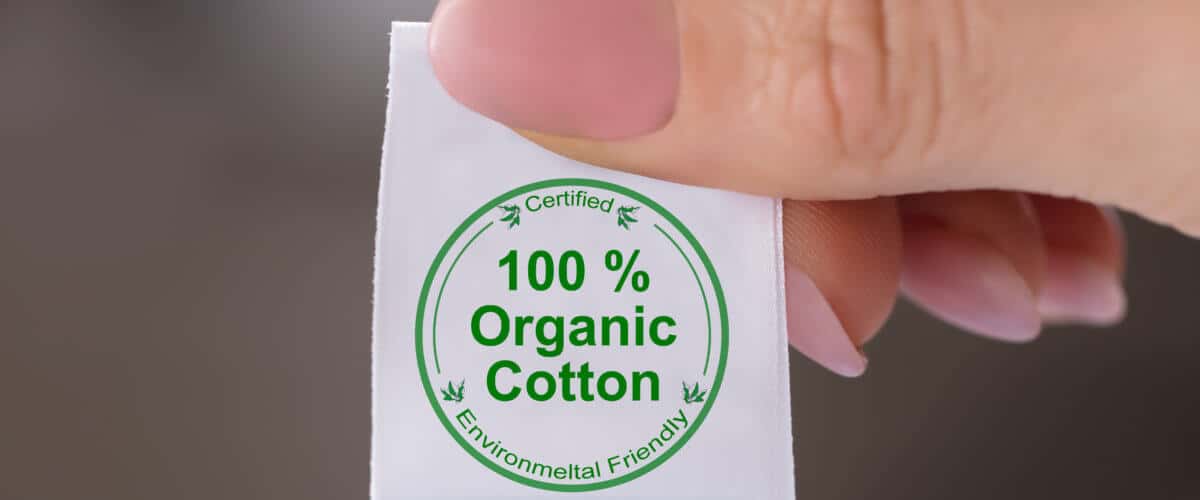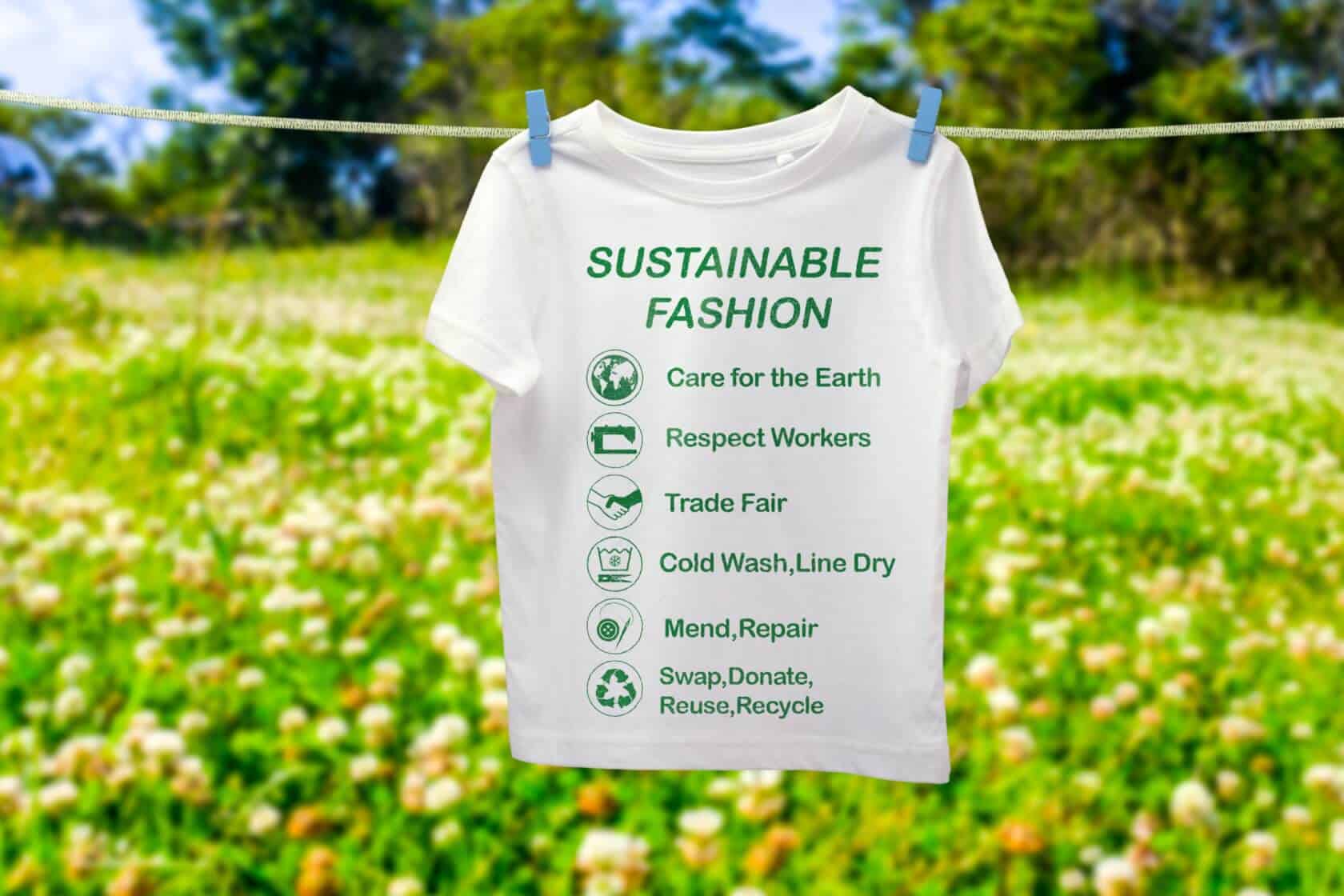Greenwashing is a deceitful PR practice of brands in many spheres and walks of life that intentionally or unintentionally claim their sustainable status with little to no proof. In this article, we will focus on the signs of greenwashing in fashion to help us identify and combat it.
Anytime I go shopping these days, no matter the store or the country where I am, one thing is for certain, I will get to see ‘sustainable’, ‘eco-friendly’, ‘made from recycled materials’ on every piece in the store. The reason for that is of course the demand of the consumers for brands to be more ethical and sustainable. But how many times did you actually think about what stands behind those claims? Is there an organization that goes to the factories where garments are being made to review and certify these brands? What if I told you more often than not these brands make these claims without any proof?
This practice is called greenwashing. Using the customers’ desire to become more sustainable and environmentally conscious some brands choose to use sustainable buzzwords instead of actually making a change in the fashion industry. Although greenwashing happens not only in fashion, in today’s article we will focus on this industry in particular and will learn more about the ways how to both spot and combat greenwashing in fashion.
Signs You Are Being Greenwashed

Greenwashing is becoming harder and harder to spot, however, there are some tale-tell signs that make it easier.
Vagueness: If they are making vague and sketchy claims about their company or items they make without providing any evidence, it is most likely that they are greenwashing you.
Hiding information: Is this company being transparent about its supply chain? Does it mention how an item was made, packaged, and transported? What chemicals and materials were used in the making of the items you are planning to buy? If you cannot find answers to these questions, it might be fair to ask if the brand knowingly avoids giving you answers to these harmless questions.
False labels: If you see labels certifying how ‘green’ and ‘eco-friendly’ they are, it is possible that these labels were added without any proof that the company that gave these certifications is even real. It might as well be an imaginary friend of theirs.
Fluffy language: If you see a brand using such buzzwords as ‘sustainable’, ‘organic’, ‘eco-friendly’ without providing any evidence that they are in fact all those things, chances are they’re greenwashing you and have nothing to do with sustainability.
Irrelevant and misleading claims: Unfortunately more often than not many brands use claims about them being something that they are supposed to be by law, as a way to be perceived as a reliable brand that does something for the environment. It simply means that they are using this as an opportunity to just have something to add to their labels. Sustainability should be about taking actions and steps to be more environmentally conscious, and not using irrelevant claims to gain points in the eyes of the customers.
How to Keep Fashion Brands Accountable

Now that we know some of the signs of greenwashing, how do we fight it and stop fashion brands from lying to us? The answer is easier than it seems. You need to do your research.
I know, you probably expected me to say that there is a green sustainable fairy who will help you fight the fight, unfortunately, not in this reality. However, lucky for you (and me) there are a lot of companies that certify and verify how sustainable or not certain brands are. For example, Ecolabel Index does just that. On there you can find a list of reliable eco certifications and their meaning. Besides that, there is a multitude of news media these days sharing top lists of sustainable brands, some of which you probably never even heard of.
Let’s face it, all the information you need is always one Google search away. If you find the time to mindlessly check online stores and window shopping at the nearest shopping mall — eyeing that special dress at Zara or H&M — you will definitely find time to do your sustainable fashion homework. The reality is that you need to realize your consumer power and be aware of the impact that your choices make. I hope that this article also made you more aware of this issue and ways to spot and identify greenwashing moving forward.
Photo: HollyHarry/Shutterstock
You might also like:
Support us!
All your donations will be used to pay the magazine’s journalists and to support the ongoing costs of maintaining the site.
Share this post
Interested in co-operating with us?
We are open to co-operation from writers and businesses alike. You can reach us on our email at [email protected]/[email protected] and we will get back to you as quick as we can.









